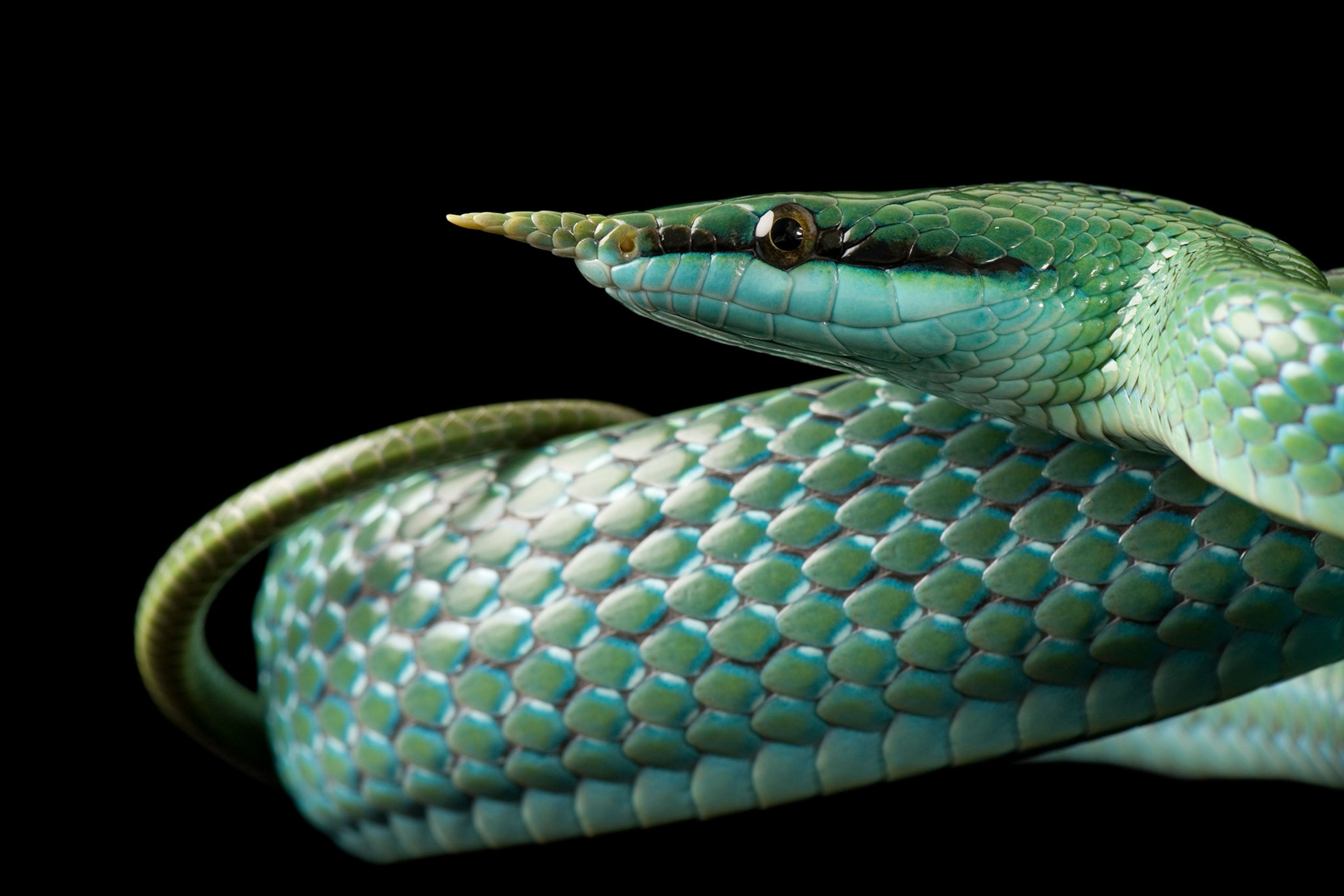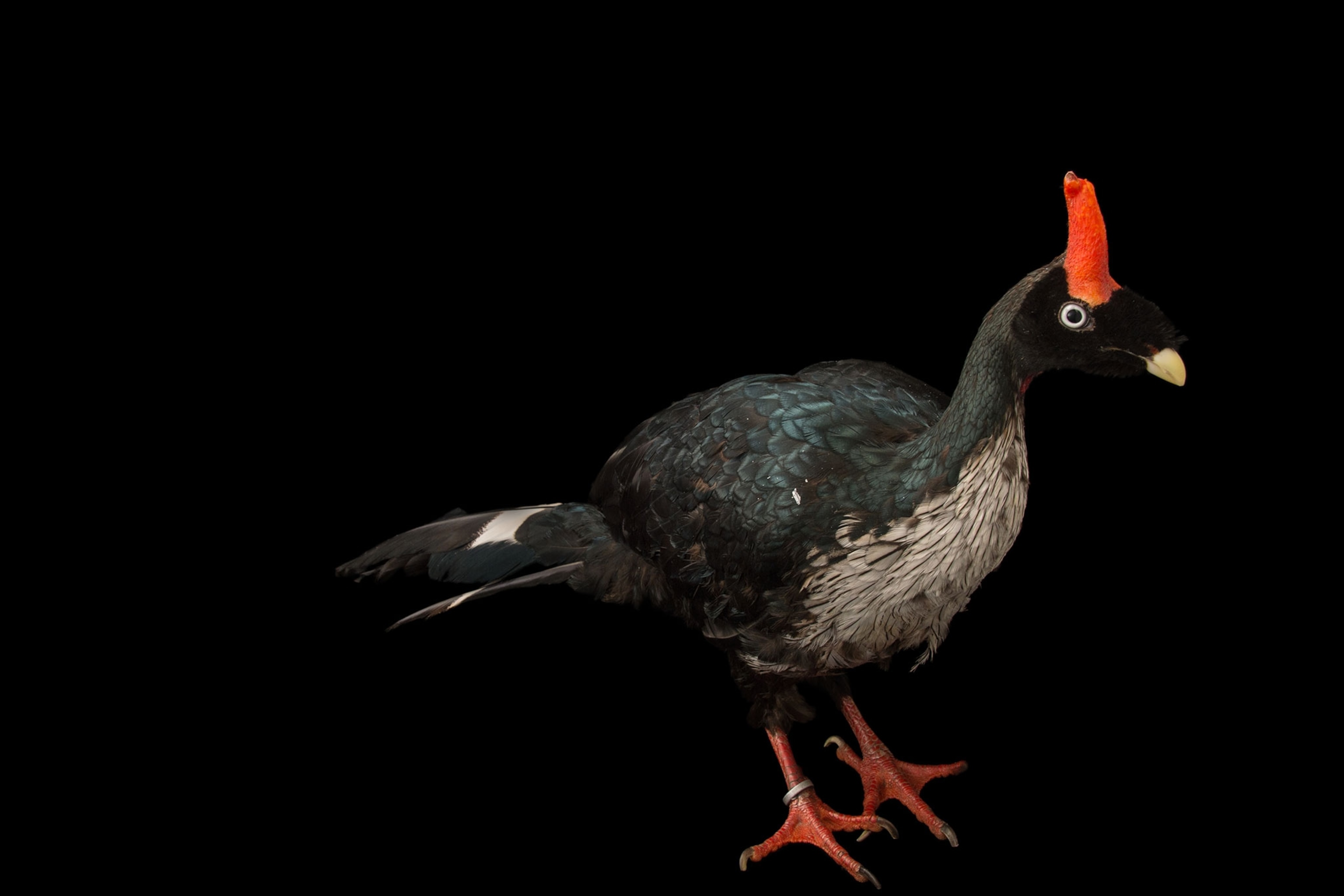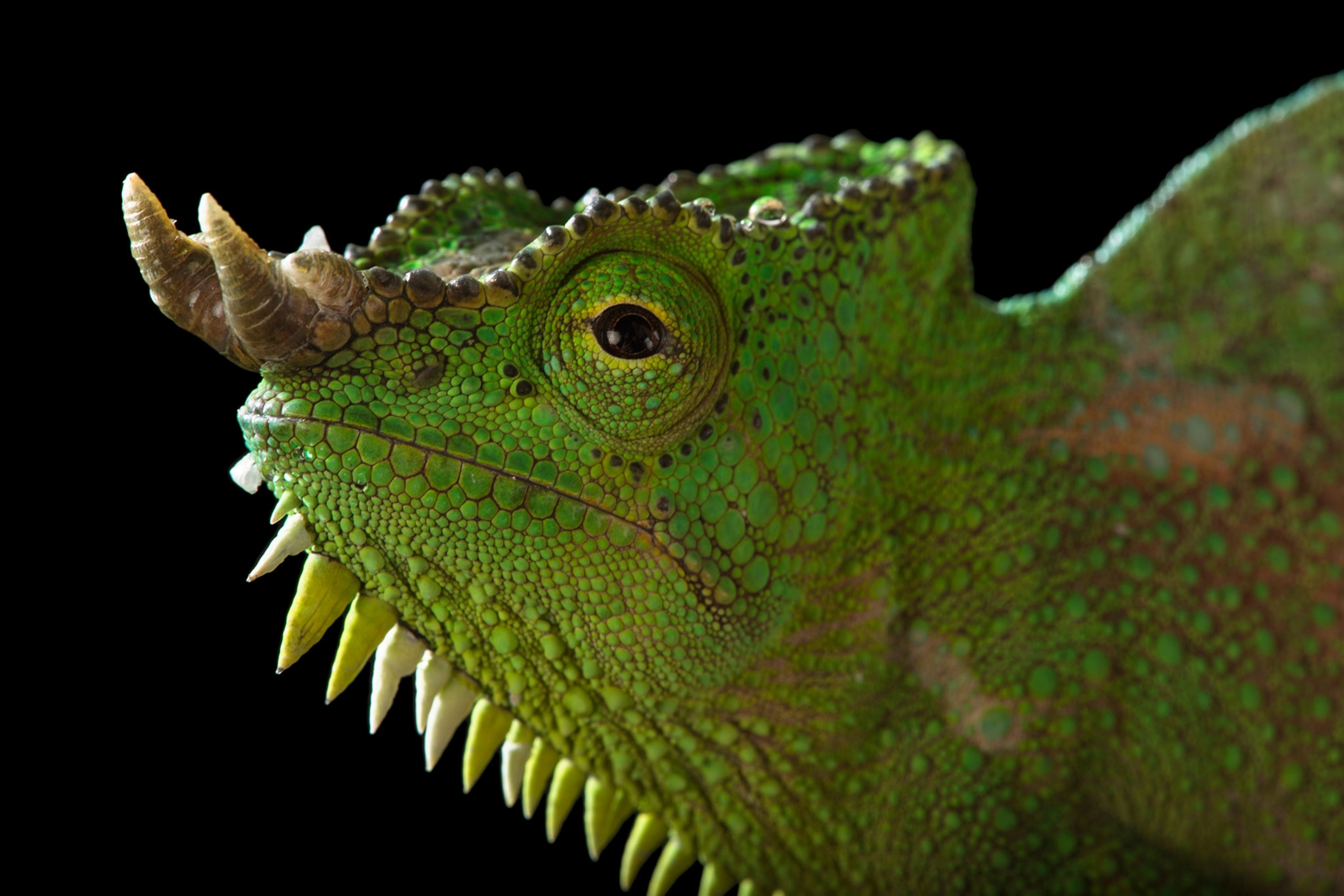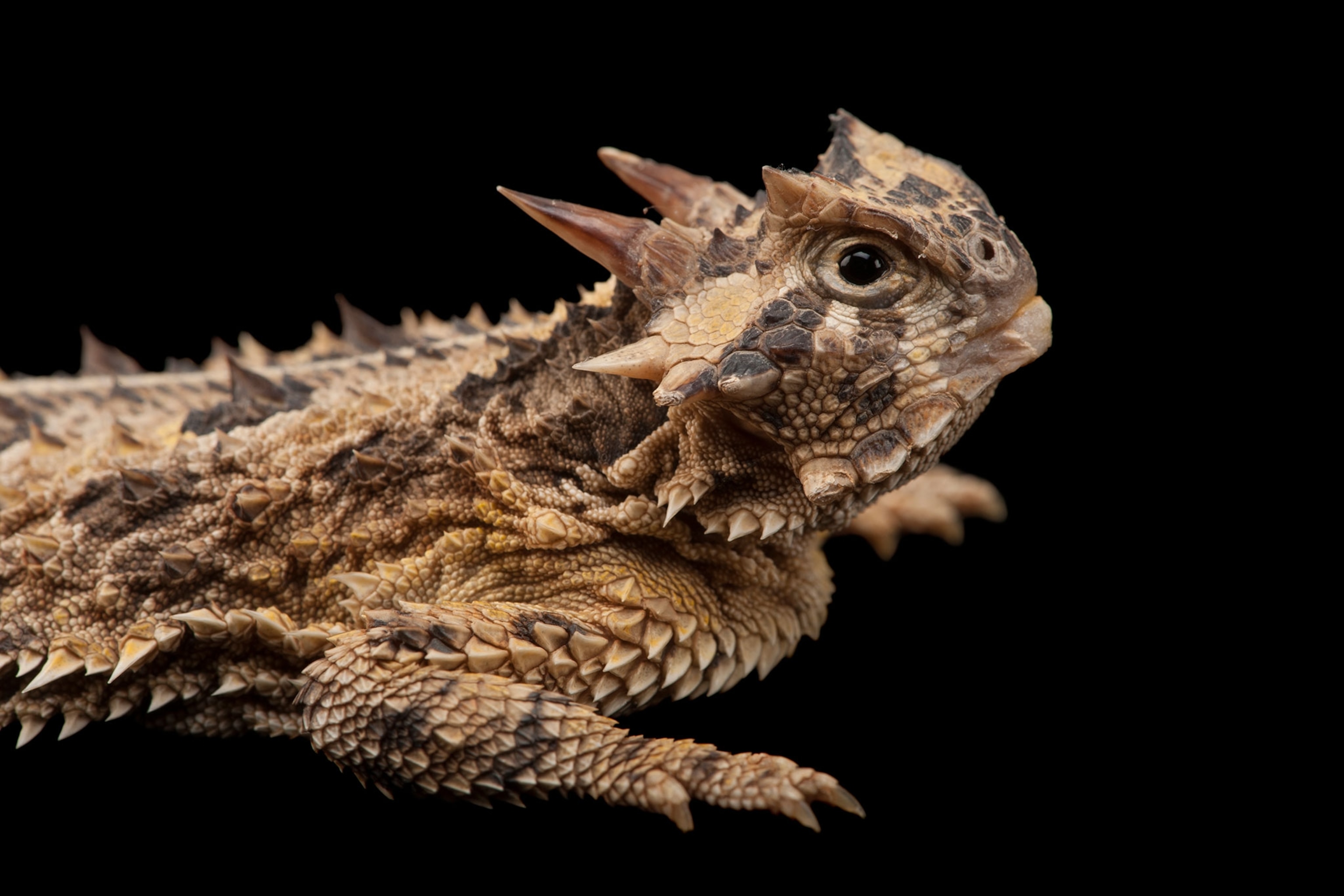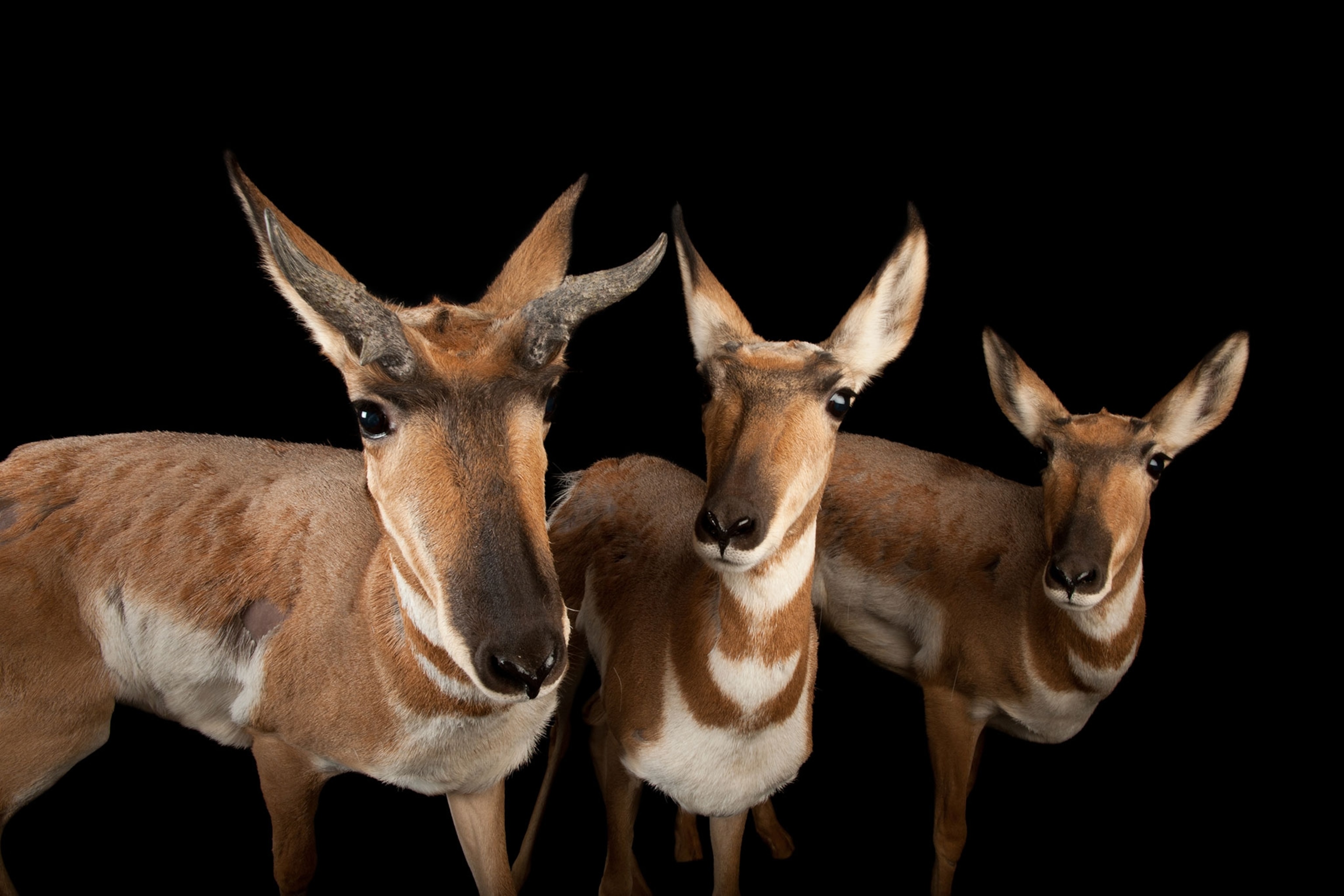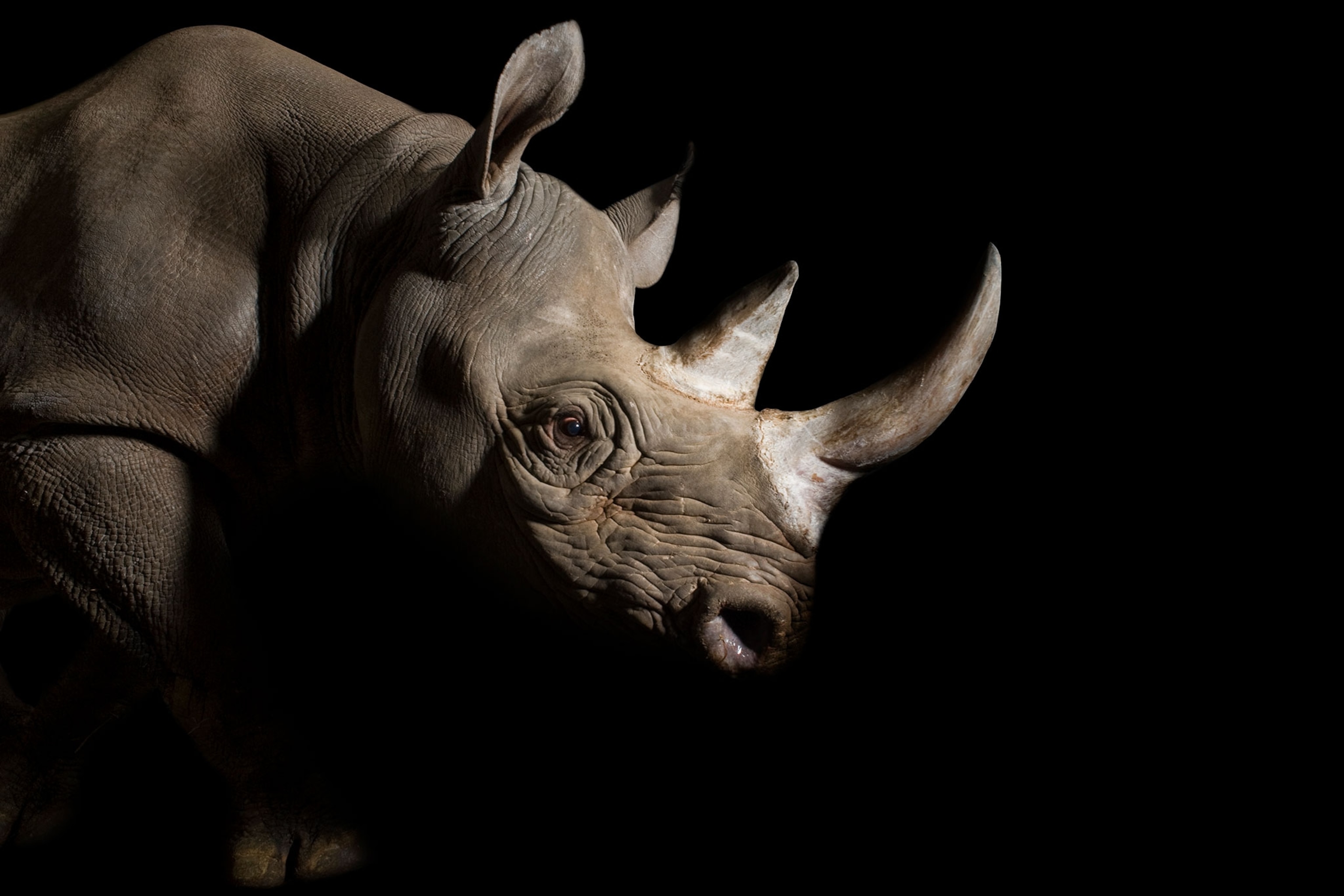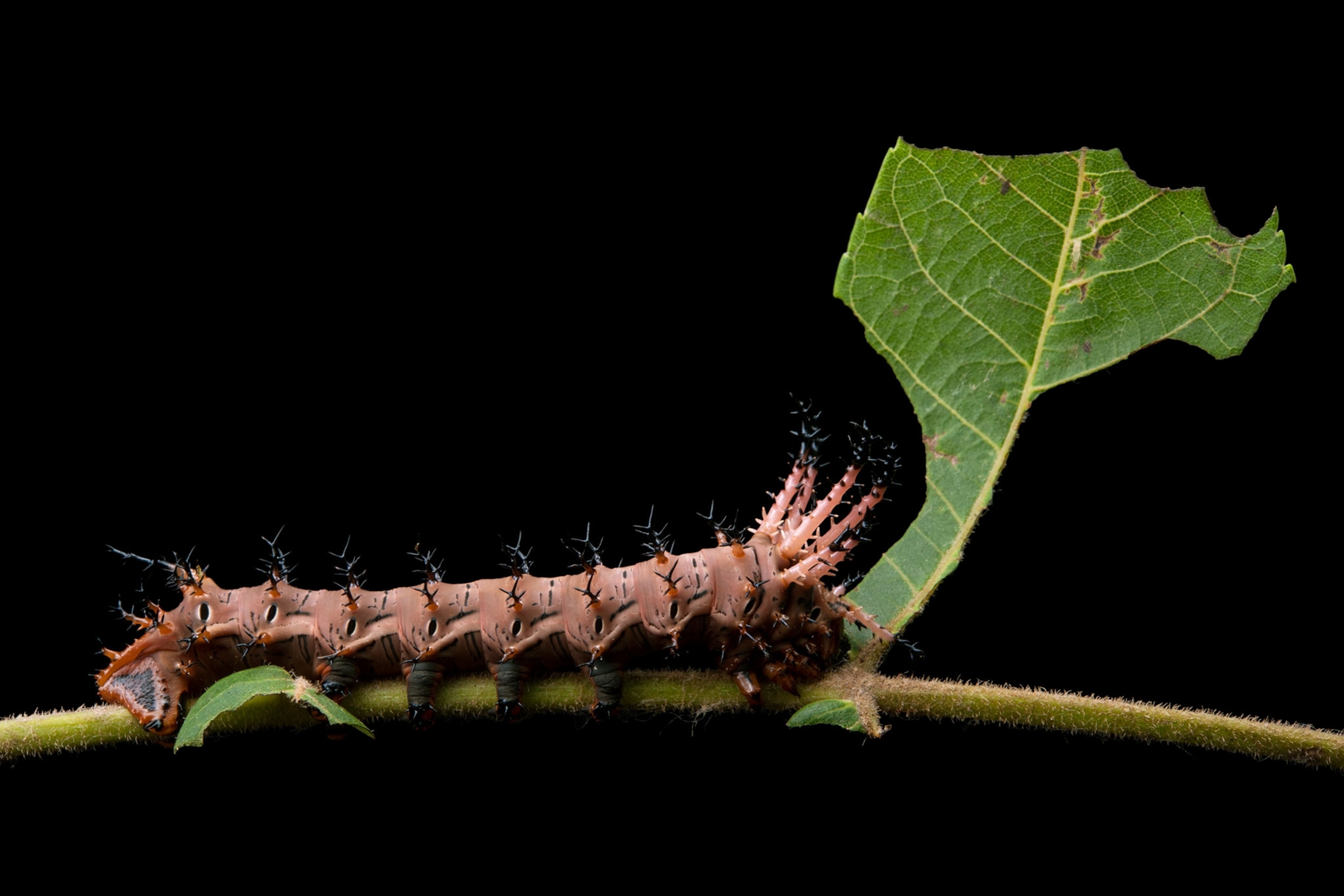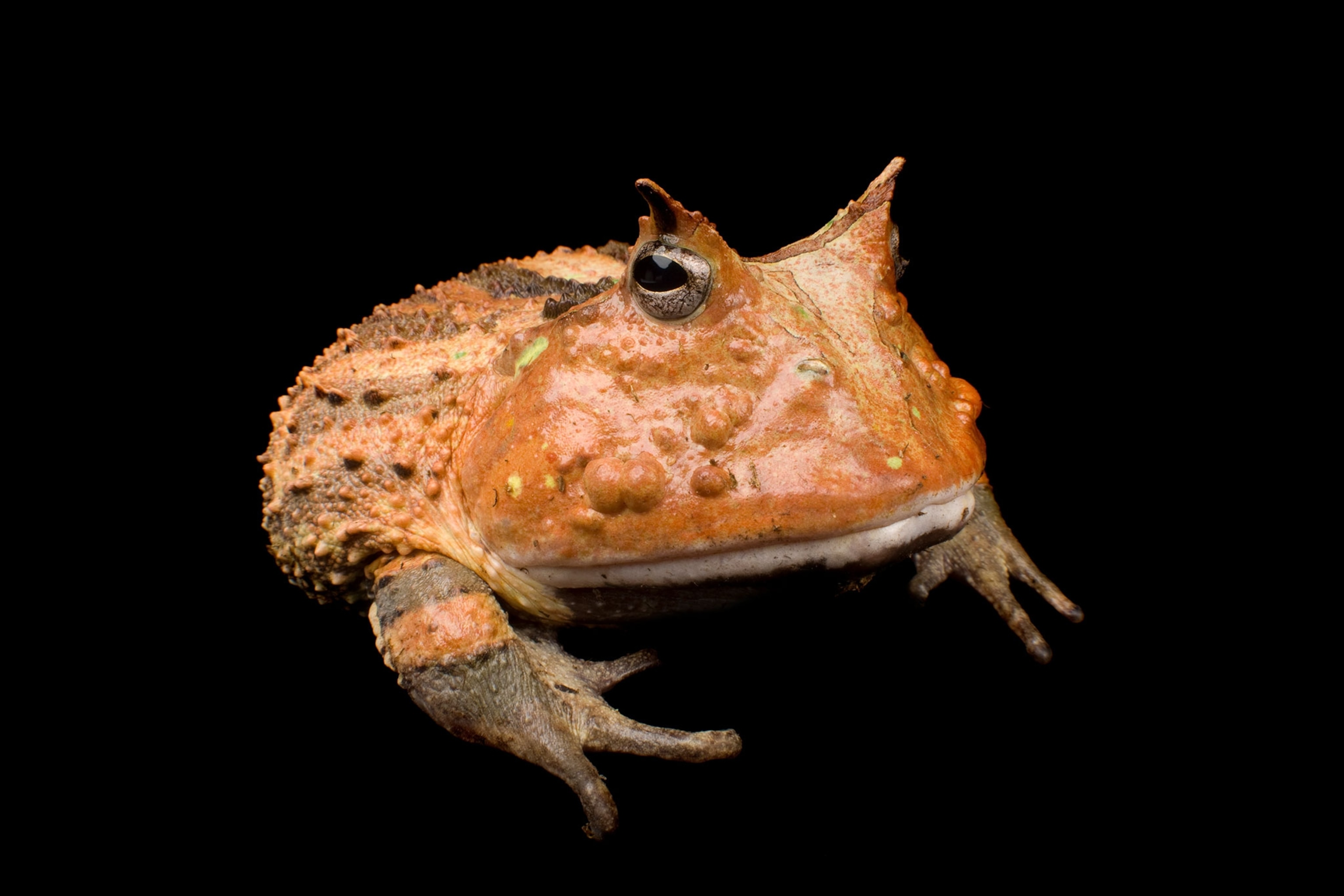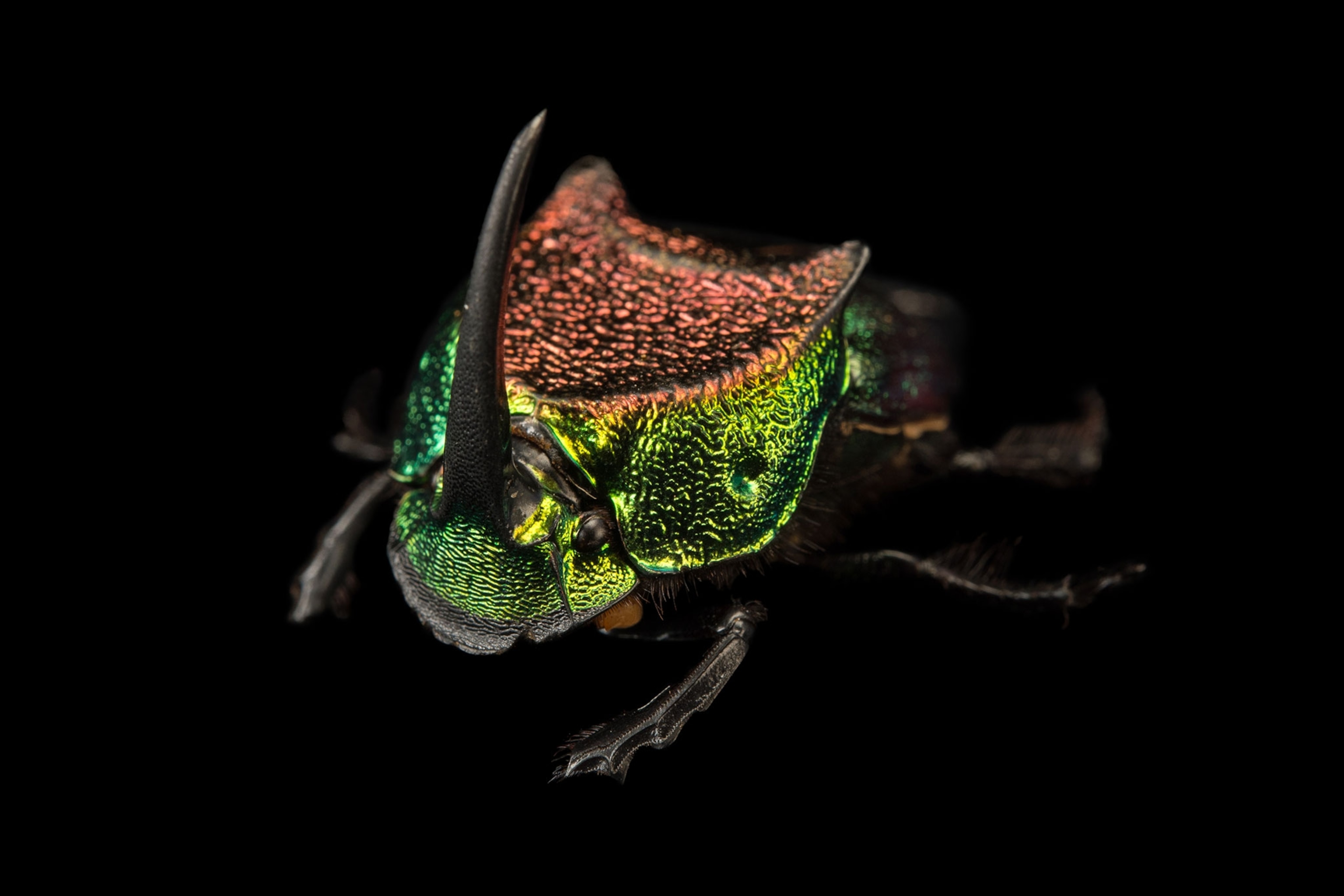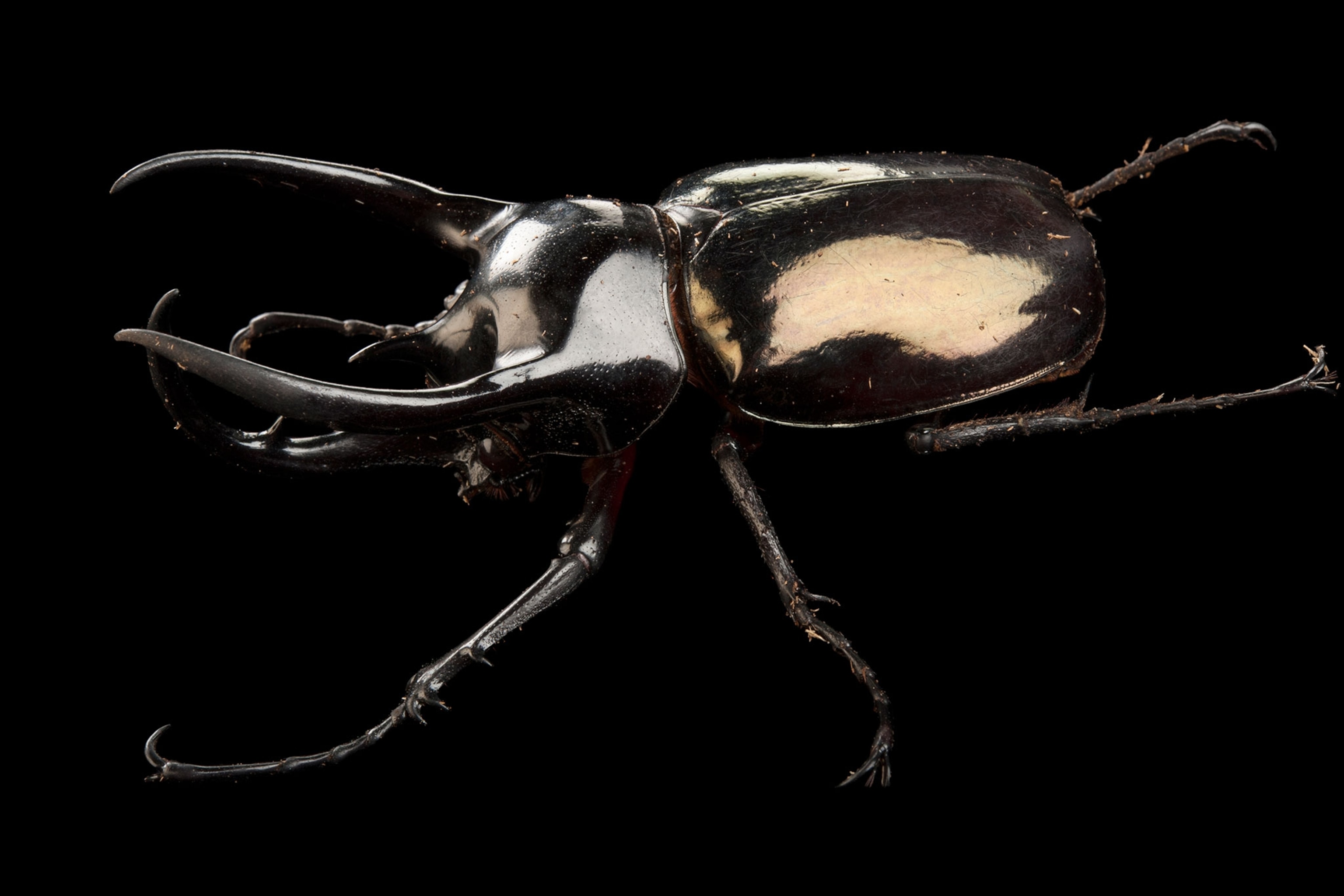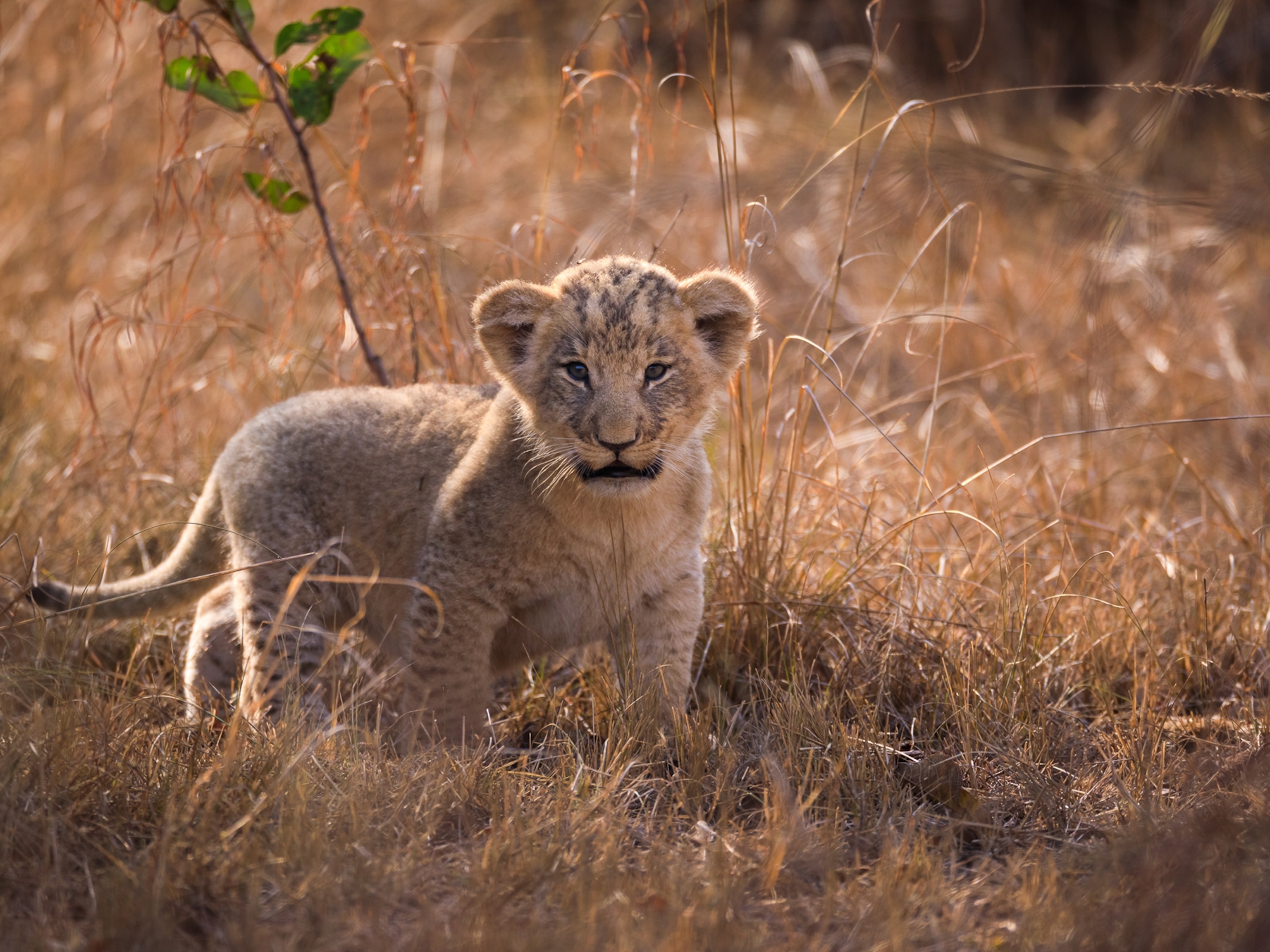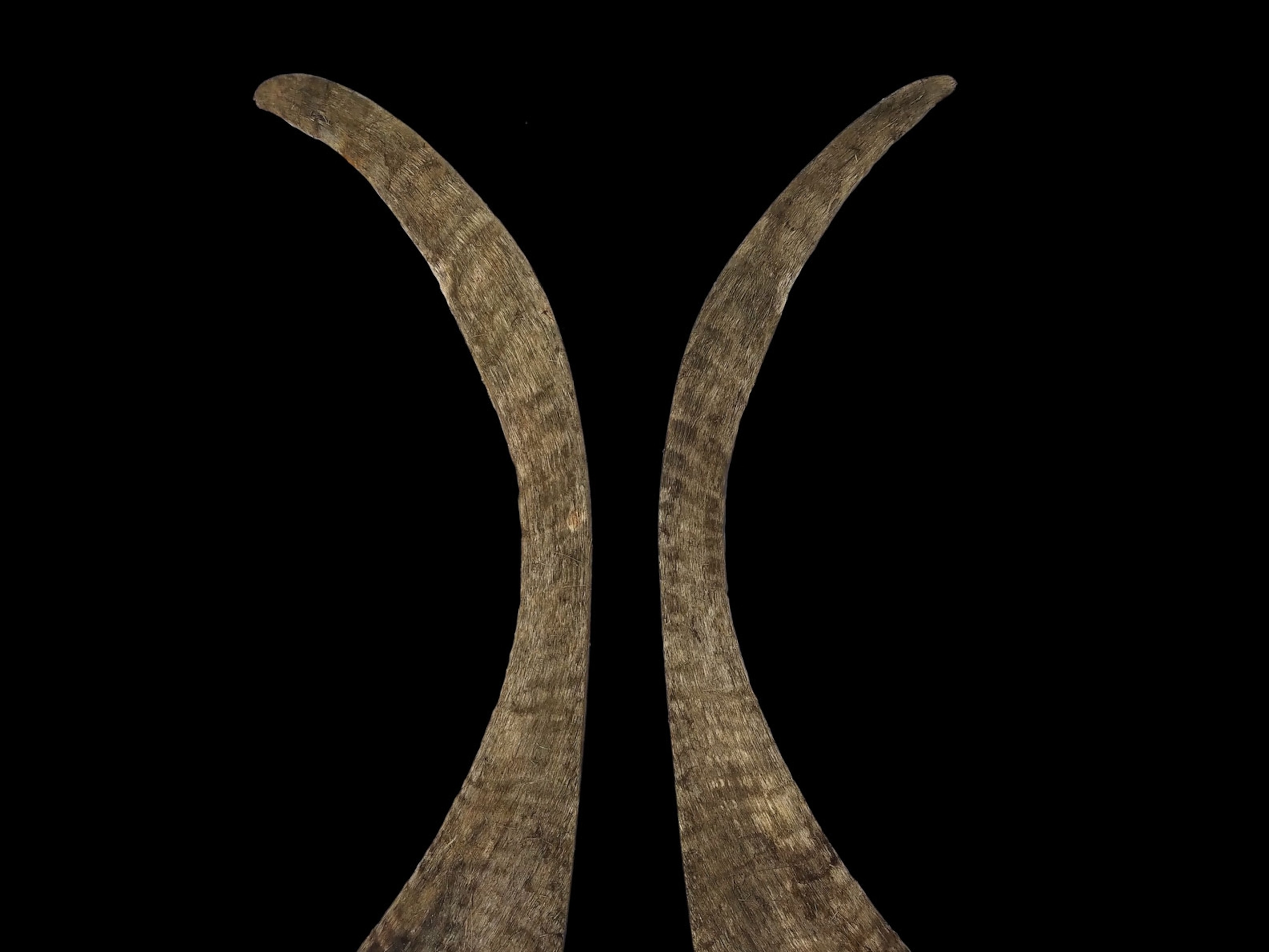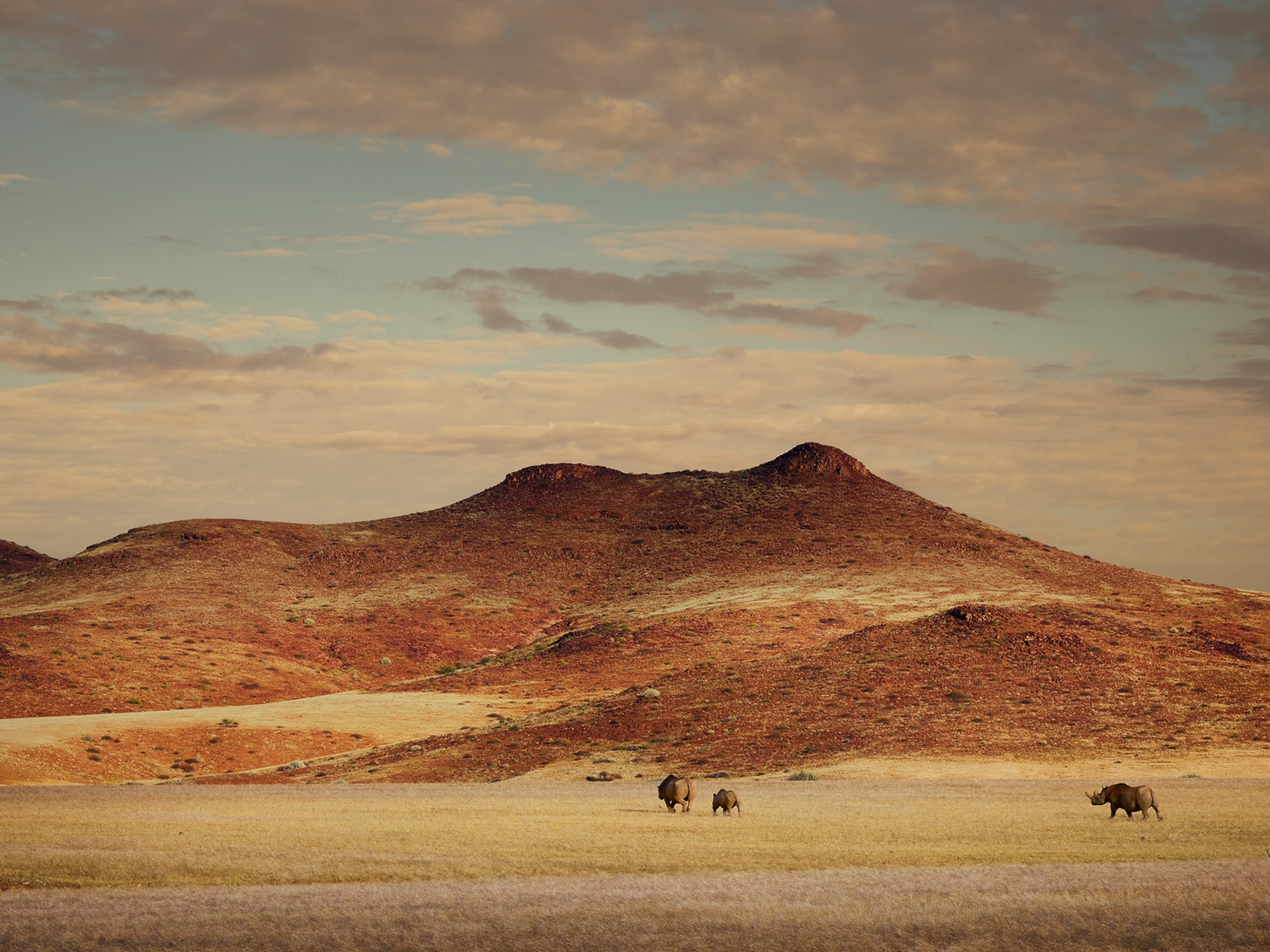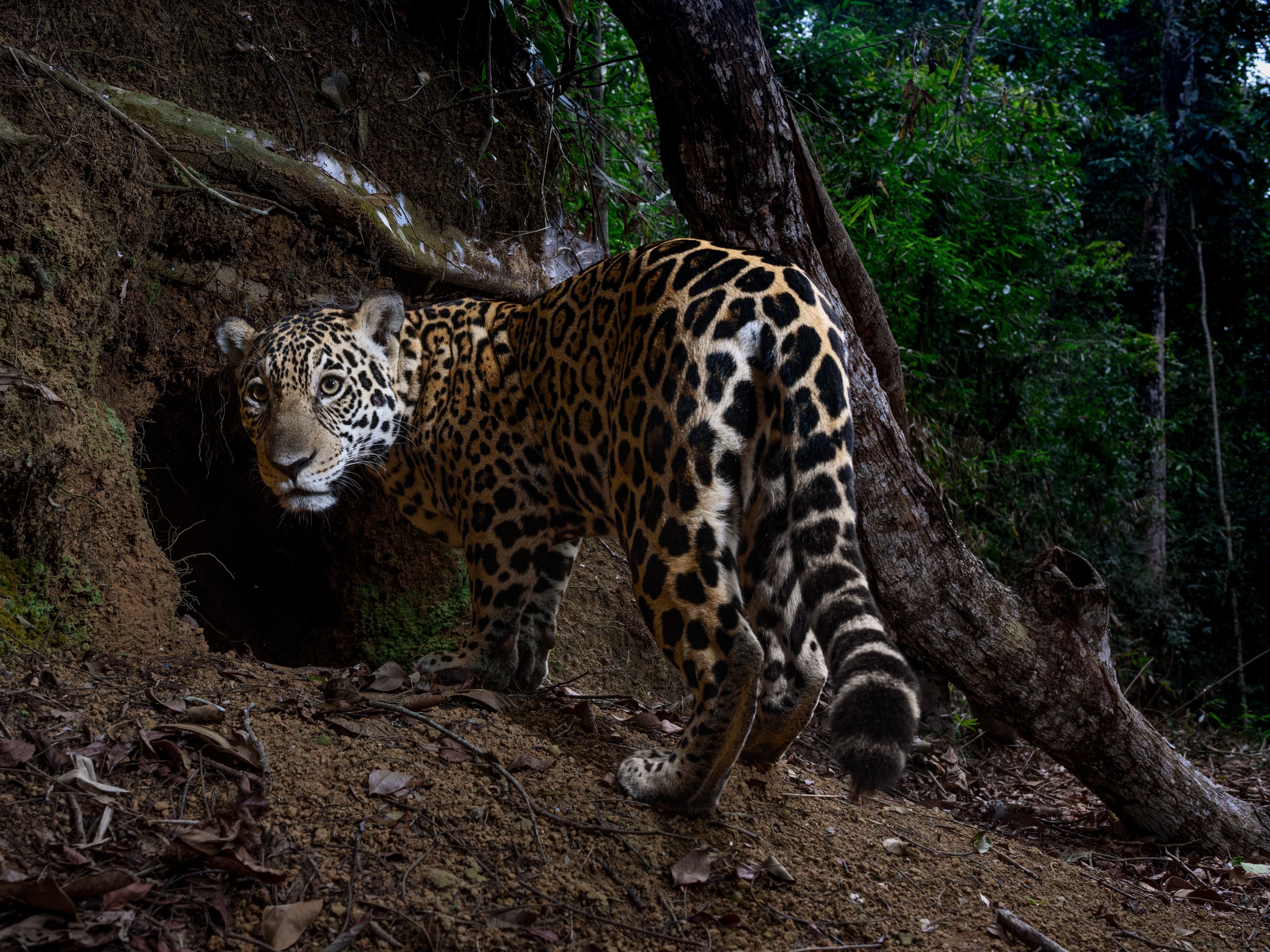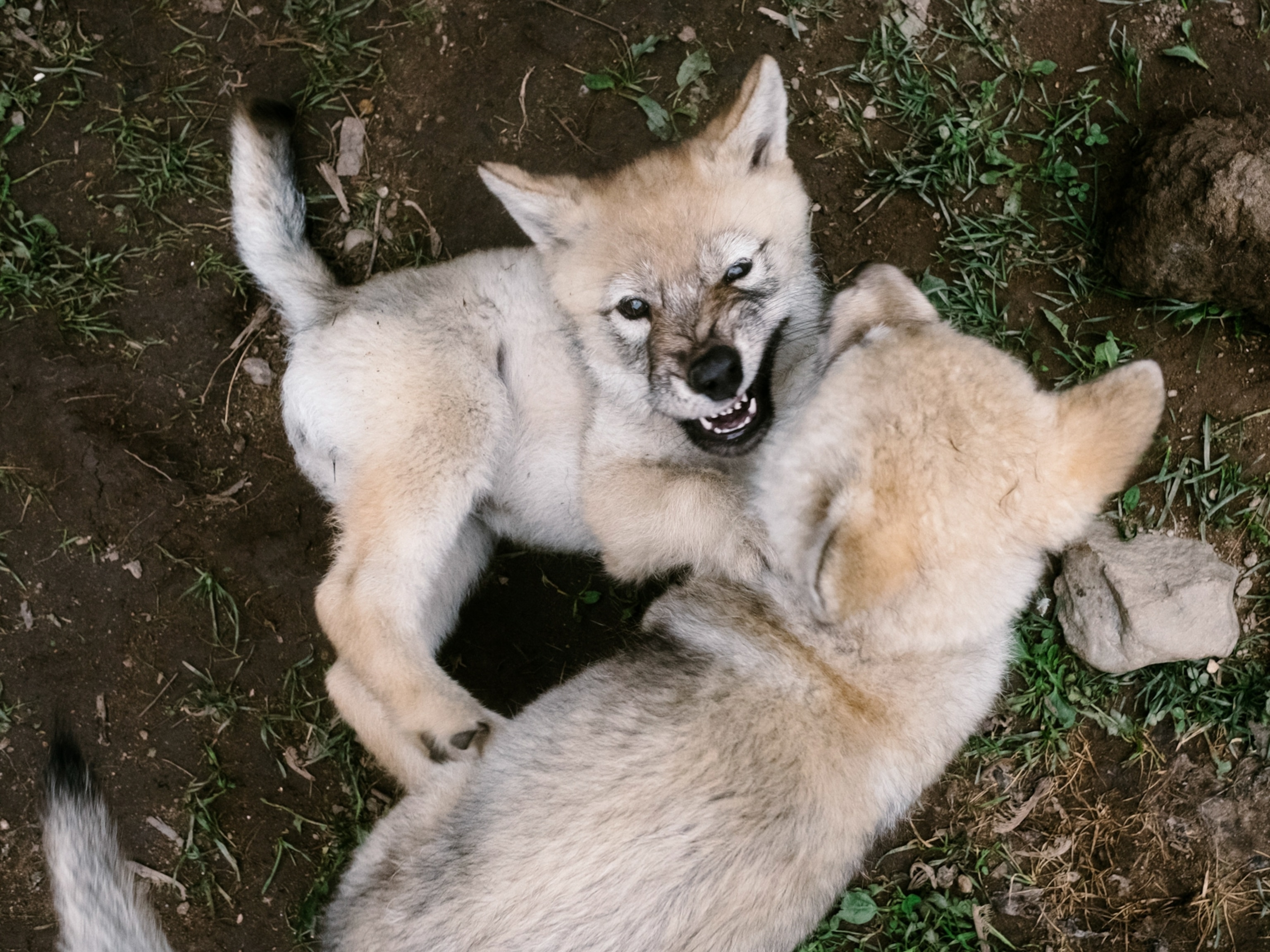Pictures Of Animals With Killer Headgear
Rhinos aren't the only animals adorned with impressive horns.
Spiky headwear comes in all all shapes and sizes, just like the animals that sport it. (Related: "Bizarre Horns of the Animal Kingdom.")
True horns, though, are found only on cows, sheep, goats, and some of their relatives. Horns are made of bone covered by specialized hair follicles that make a substance similar to human fingernails. (See: "Special Investigation: Inside the Deadly Rhino Horn Trade.")
Antlers, on the other hand, are solid bone—an extension of the animal's skull—and are mainly found on males in the deer family. (Watch "Amazing Antlers.")
But lots of other animals sport headgear that mimics horns or antlers, too. These bumps, spears, and protrusions all serve a purpose for the animals who wear them; some brandish their "horns" to intimidate rivals, while others flaunt them to attract a mate.
Enjoy this gallery of animals with horns that would make a unicorn green with envy.


